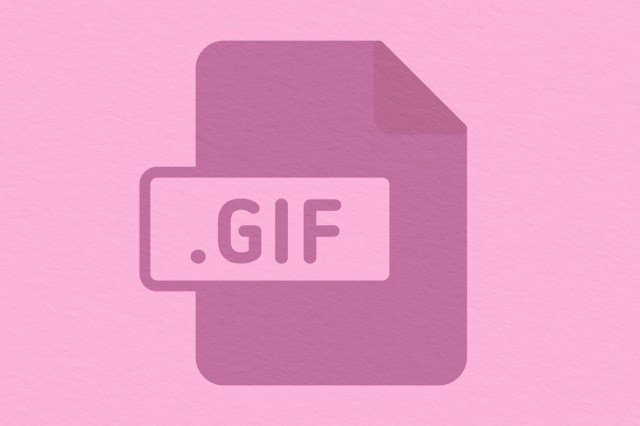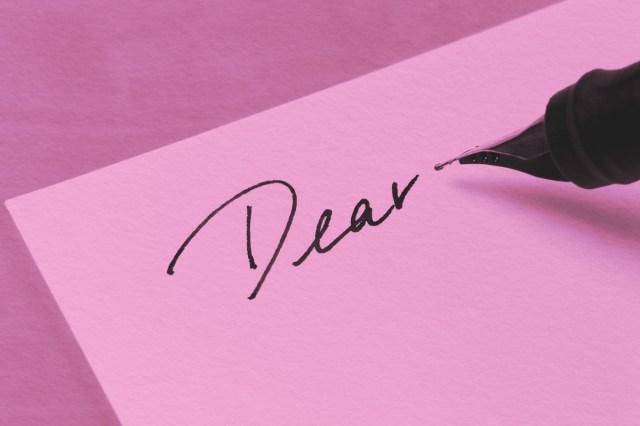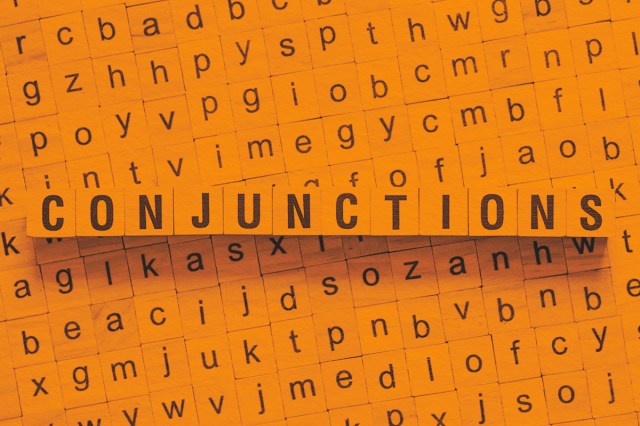
Deciding whether to use “everyday” or “every day” can be as tricky as choosing where to order takeout from. While we may not be qualified to tell you what food to eat — though you can never go wrong with pizza — we are able to shed some light on the grammatical issue at hand. “Everyday” is an adjective that essentially means “ordinary” or “commonplace.” It’s used to describe objects that you’d typically encounter on a regular basis without any sort of exact schedule. For instance, an outfit that you wear frequently could be described as “everyday clothing.”
“Every day,” by contrast, acts as a synonym for the word “daily” and is used to indicate events that happen each day. For example, “she rides the bus to work every day,” or “he orders the same sandwich every day for lunch.” Here’s a trick: If you can insert the word “single” between the words “every” and “day” and your message remains the same, then “every day” is more appropriate to use than “everyday.” “She rides the bus to work every single day” makes sense, while “she wears every single day clothing” does not.
“Someday” vs. “some day” and “anytime” vs. “any time” operate similarly. Whenever one of these grammatical conundrums presents itself, keep the following in mind: Closed single words (“someday,” “anytime,” “everyday”) are modifiers, whereas open double words (“some day,” “any time,” “every day”) are noun phrases that are modified by the words that precede them.
Just like everything else in the English language, there are exceptions to that rule. “Anywhere” and “everybody” are almost always written as closed single words. But that’s a topic for a future edition.






























